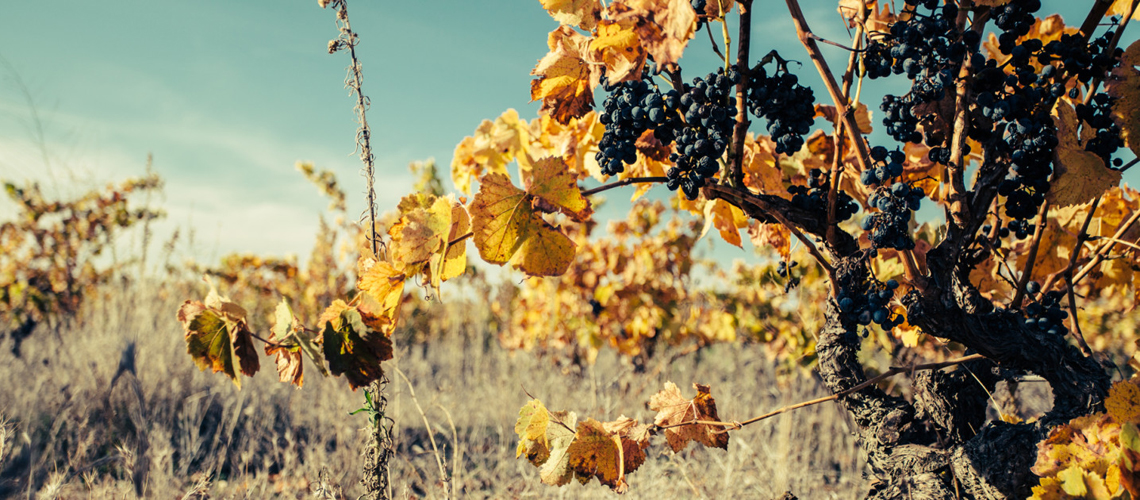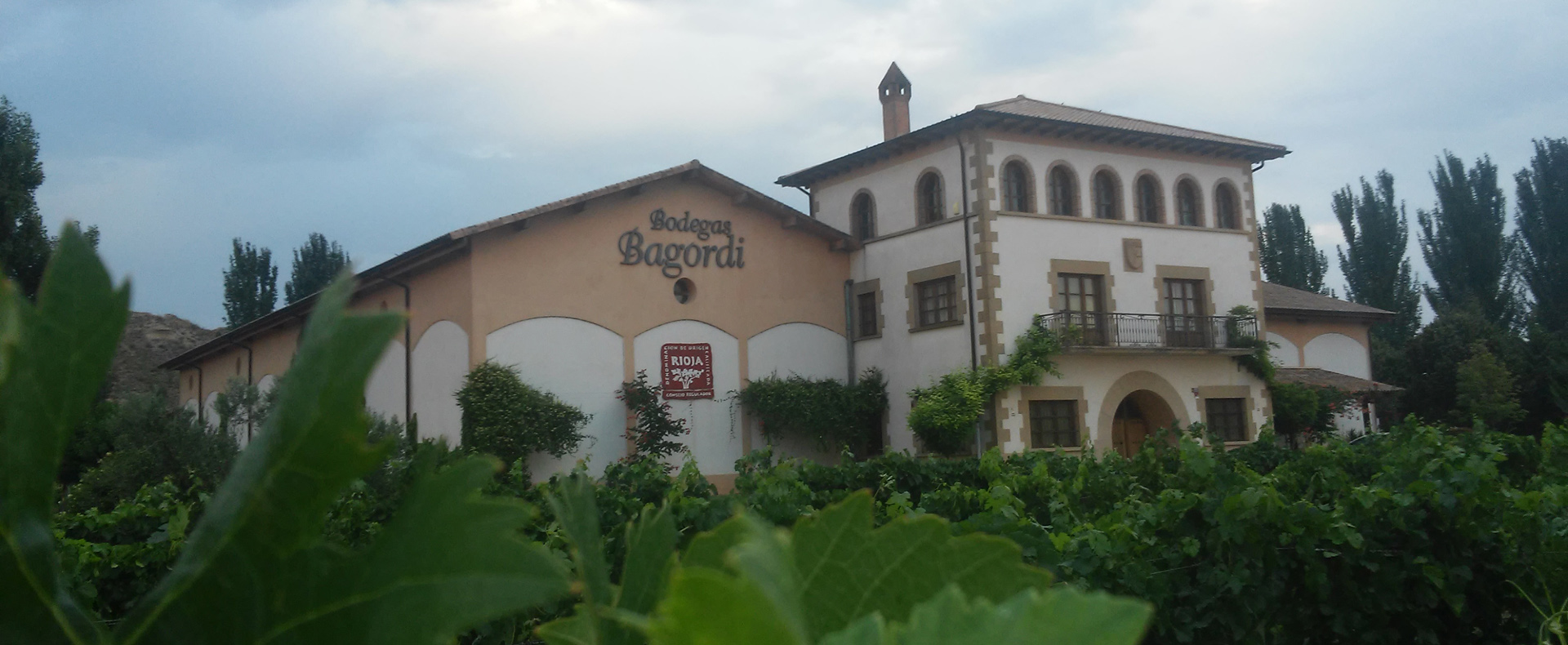On the banks of the rivers Ebro and Ega, between San Adrián and Andosilla, two of the eight Rioja-producing towns in Navarre, Bodegas Bagordi can be found. The grapevine has historically been the main crop in southern Navarre, particularly on the banks of the Ebro, to the point that until the end of the nineteenth century (pre-phylloxera), the Kingdom of Navarre had more hectares of vineyard than the then province of Logroño.
With a Mediterranean/continental climate, dry, warm summers and cold winters, Bodegas Bagordi has made a firm commitment to the garnacha and graciano varieties, combined with the tempranillo grape: “Graciano and garnacha are both rustic varieties with a long cycle, which sprout early and ripen late, and which have acclimatised perfectly to our region, featuring in practically all of our wines in a significant percentage,” explains Luis Manuel Carcar.

The Carcar family has a historical link with vine growing in the district which was documented as far back as the beginning of the eighteenth century (fourteen generations), but it was not until 1996 when Luis Manuel and his family, decided to build the current winery: “In the beginning we designed it for making wine and selling it in casks on the internal La Rioja market, but things are never that easy, like when you plan a business,” he recalls.
As with many vinegrowing families in La Rioja which, at the end of the last century decided to make the leap to selling wine, the severe frost of 1999, which reduced the crop and significantly increased the cost of grape production, almost ruined the family: “A big player in La Rioja encouraged us to buy grapes to fill up the winery, but when the market crashed the following year we still had virtually all of the wine in the cellar, which was worth nothing, and a 200 million peseta loan to pay off.” Those were the worst times for Bodegas Bagordi, which, thanks to perseverance, effort and the guarantee of the family assets, we managed to survive. It was not the only critical moment for Bagordi, since in 2012, the economic crisis led to the demise of the Navarre Savings Bank, the financial entity with whom the winery had taken out its loans: “It was really difficult to refinance the loans, but fortunately we have now moved out of intensive care onto a ward; this business is like that: between one crisis and another you survive,” the winemaker states laughing.
Bagordi has 45 hectares of their own vineyards and a further 20 hectares’ worth from regular suppliers, several of them relatives. Since 2008, they only work with the grapes from these vineyards, producing between 350,000 and 450,000 bottles: “Our objective is to bottle our entire production and in the future we will do so.” Exporting and organic vinegrowing have made the difference for Bodegas Bagordi: “We have had organic vineyards since 1990, but we made our first official organic wine in 1998; we now sell 80% abroad. Starting out on this organic project wasn’t easy either, since in the nineties the first self-proclaimed “natural and biodynamic” wines were released, but they were of poor quality and had been produced using deficient techniques in the winery. These wines did a lot of damage to certified organic producers, and delayed the launch and positioning of certified organic wines, subject to European regulations and the strictest winemaking practices, in the interests of producing good wine.”
The winery, despite having all of its vineyards registered as organic, Works with two main brands: Usua de Bagordi, wines certified as organic production and a leader in the sector, and Bagordi, for ‘conventional’ more classic wines, loyal to the La Rioja style, where the tempranillo grape and barrel are dominant, as well as lengthy bottle ageing.
“I believe in responsible organic vinegrowing, in environmental commitment, but I put oenology and the quality of the wine before ecology when it comes to launching wines on the market.” The demands of organic certification do not allow you to move from one style of vinegrowing to another depending on the suitability of the moment, as such, and without abandoning organic growing and production criteria, we sometimes have to sacrifice part of the production and divert it to conventional production, if it does not meet the quality standards required by us for organic wines.


